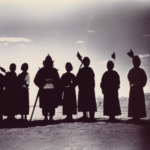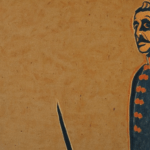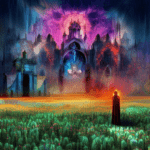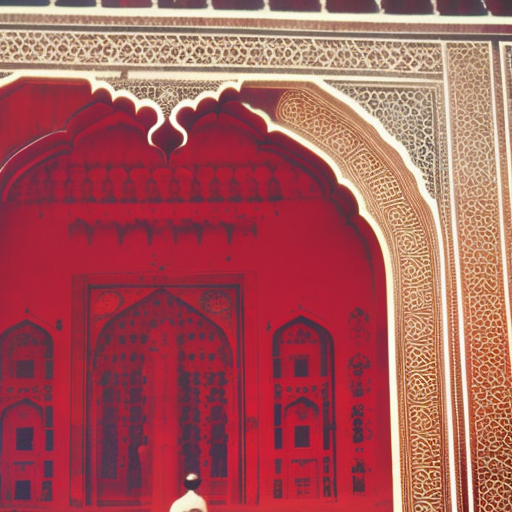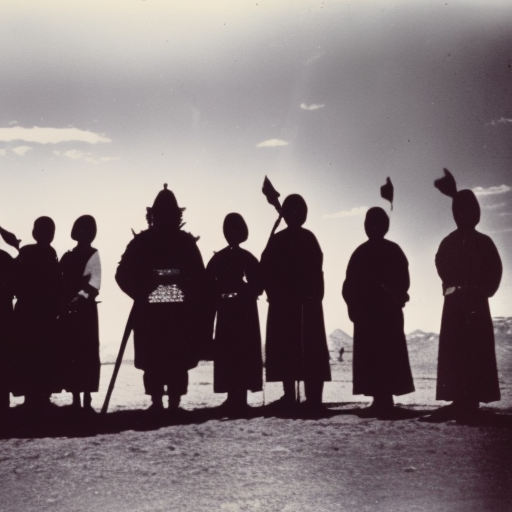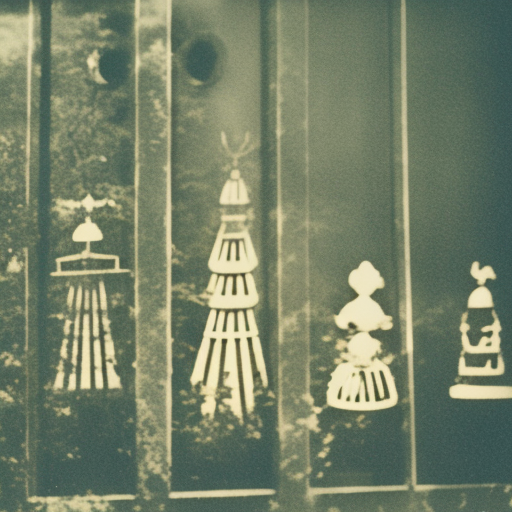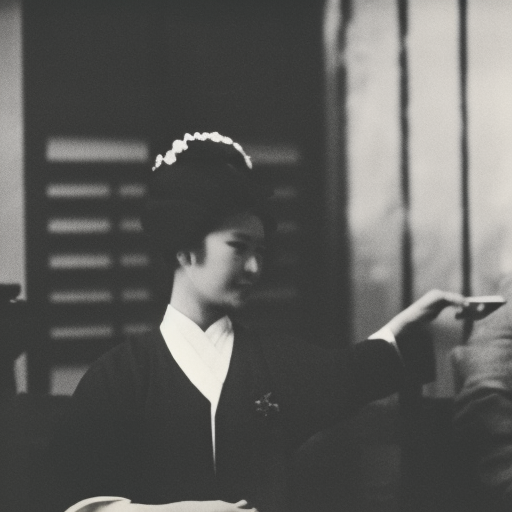The Mughal Empire: A Brief Overview
The Mughal Empire was a powerful and influential empire that ruled over much of the Indian subcontinent from 1526 to 1857. It was founded by Babur, a descendant of both Genghis Khan and Timur, who established the empire after defeating the Delhi Sultanate in the First Battle of Panipat. The Mughals were known for their military prowess, administrative reforms, cultural achievements, and architectural marvels.
Consolidation of Power
Under the leadership of Babur’s grandson, Akbar the Great, the Mughal Empire reached its zenith. Akbar implemented a policy of religious tolerance and sought to integrate the diverse cultures and religions of his subjects. He also introduced a centralized administrative system, known as the Mansabdari system, which ensured the loyalty of the nobility and facilitated efficient governance.
Cultural Renaissance
The Mughal Empire witnessed a cultural renaissance during the reign of Akbar and his successors, Jahangir and Shah Jahan. The court became a center of art, literature, and music, attracting talented artists and scholars from across the empire. The Mughal rulers were patrons of the arts and commissioned magnificent buildings, such as the Taj Mahal and the Red Fort in Delhi, which are still regarded as architectural masterpieces.
Decline and Disintegration
The decline of the Mughal Empire began with the reign of Aurangzeb, who pursued a policy of religious orthodoxy and expansion. His attempts to suppress other religions and extend the empire’s borders strained the resources of the empire and alienated many of his subjects. After Aurangzeb’s death in 1707, the empire gradually disintegrated due to weak successors, regional revolts, and invasions by foreign powers.
British East India Company and the End of the Empire
The British East India Company took advantage of the weakening Mughal Empire and gradually established its control over various parts of India. The Battle of Plassey in 1757 marked a significant turning point, as the British gained control over Bengal and began to expand their influence. The last Mughal emperor, Bahadur Shah II, was deposed in 1857 during the Indian Rebellion, also known as the Sepoy Mutiny, which marked the end of the Mughal Empire.
Legacy
Despite its decline and eventual disintegration, the Mughal Empire left a lasting impact on Indian history and culture. The empire’s architectural achievements, such as the Taj Mahal, continue to be admired worldwide. The Mughals also contributed to the development of the Urdu language and the fusion of Persian and Indian artistic styles. Furthermore, the Mughal Empire’s administrative system influenced subsequent rulers in India.
In conclusion, the Mughal Empire was a significant force in Indian history, leaving behind a rich cultural legacy. Its rulers, particularly Akbar the Great, implemented policies that promoted religious tolerance and cultural integration. The empire’s decline and disintegration were marked by a combination of internal conflicts, weak leadership, and external pressures. The British East India Company took advantage of this situation and eventually established British colonial rule in India. Despite its demise, the Mughal Empire’s influence can still be seen in various aspects of Indian culture and history.

